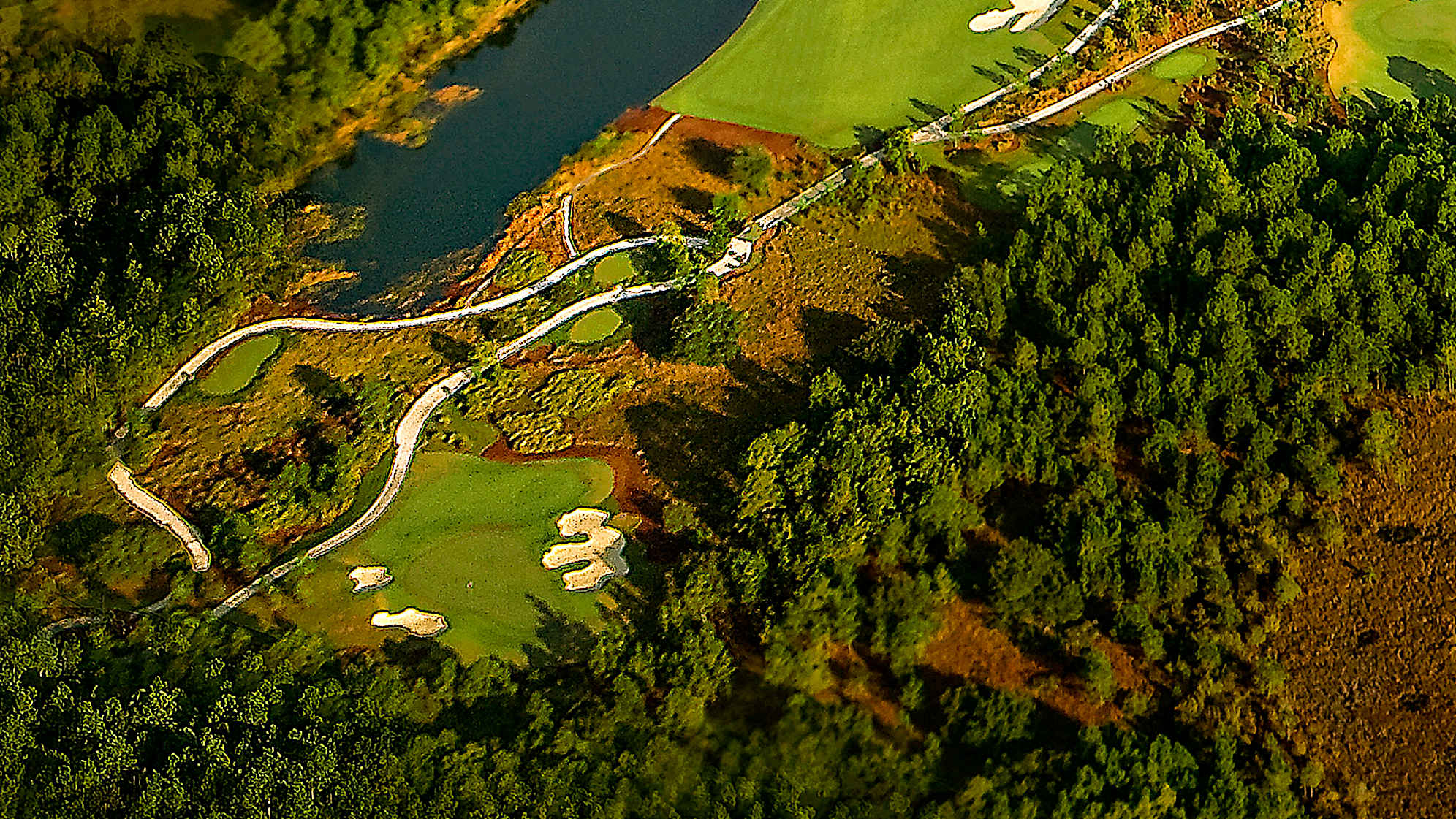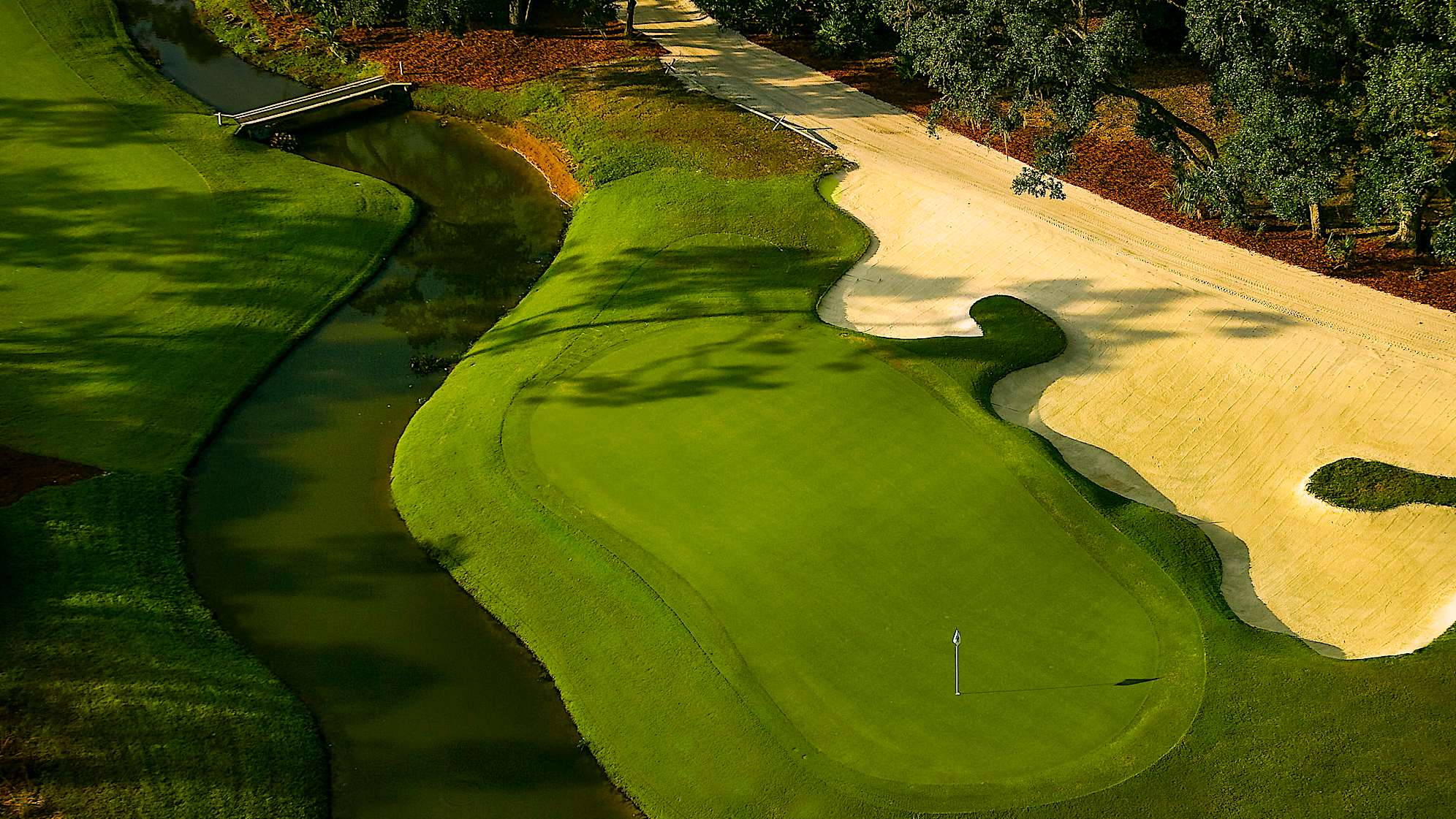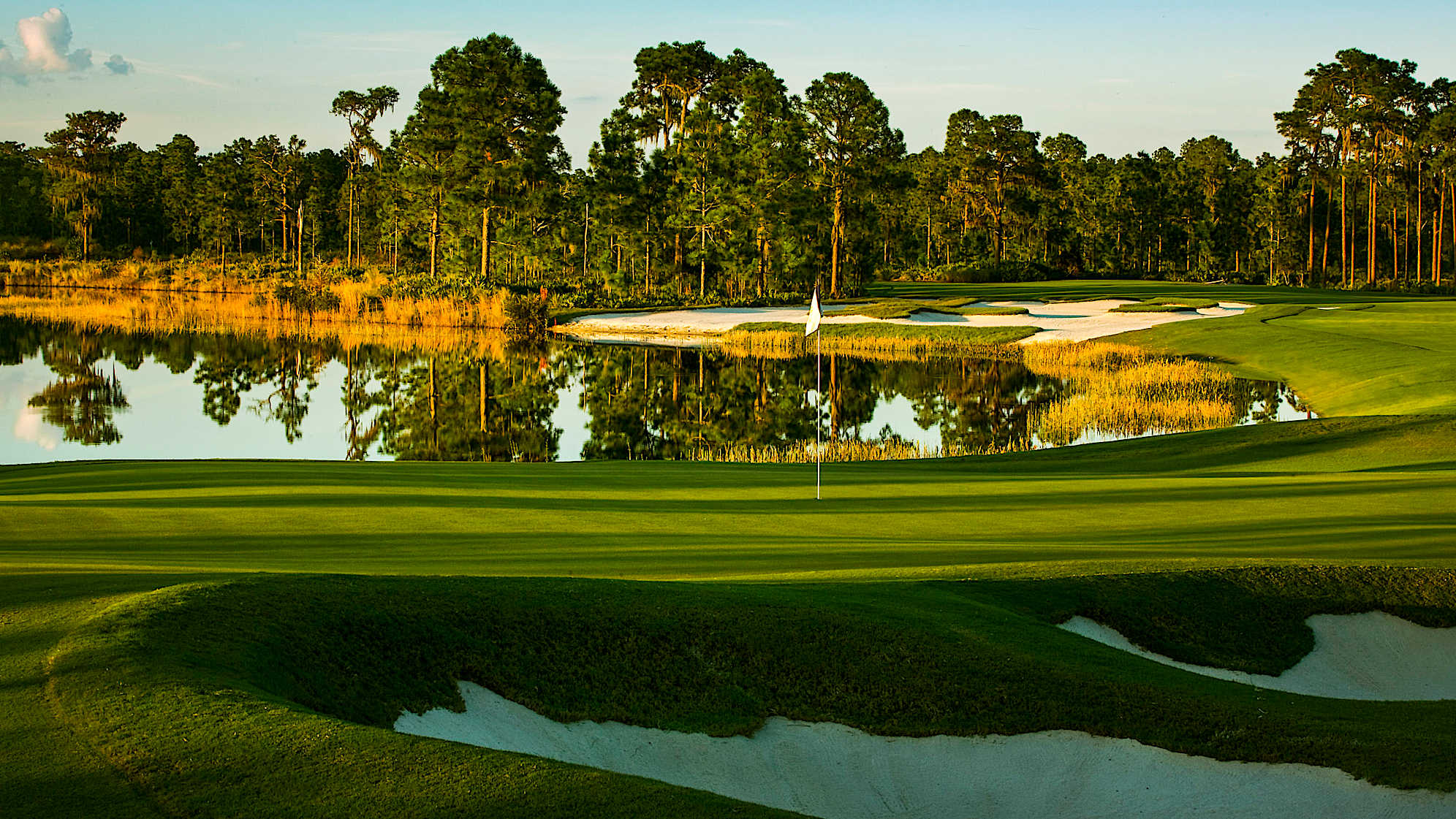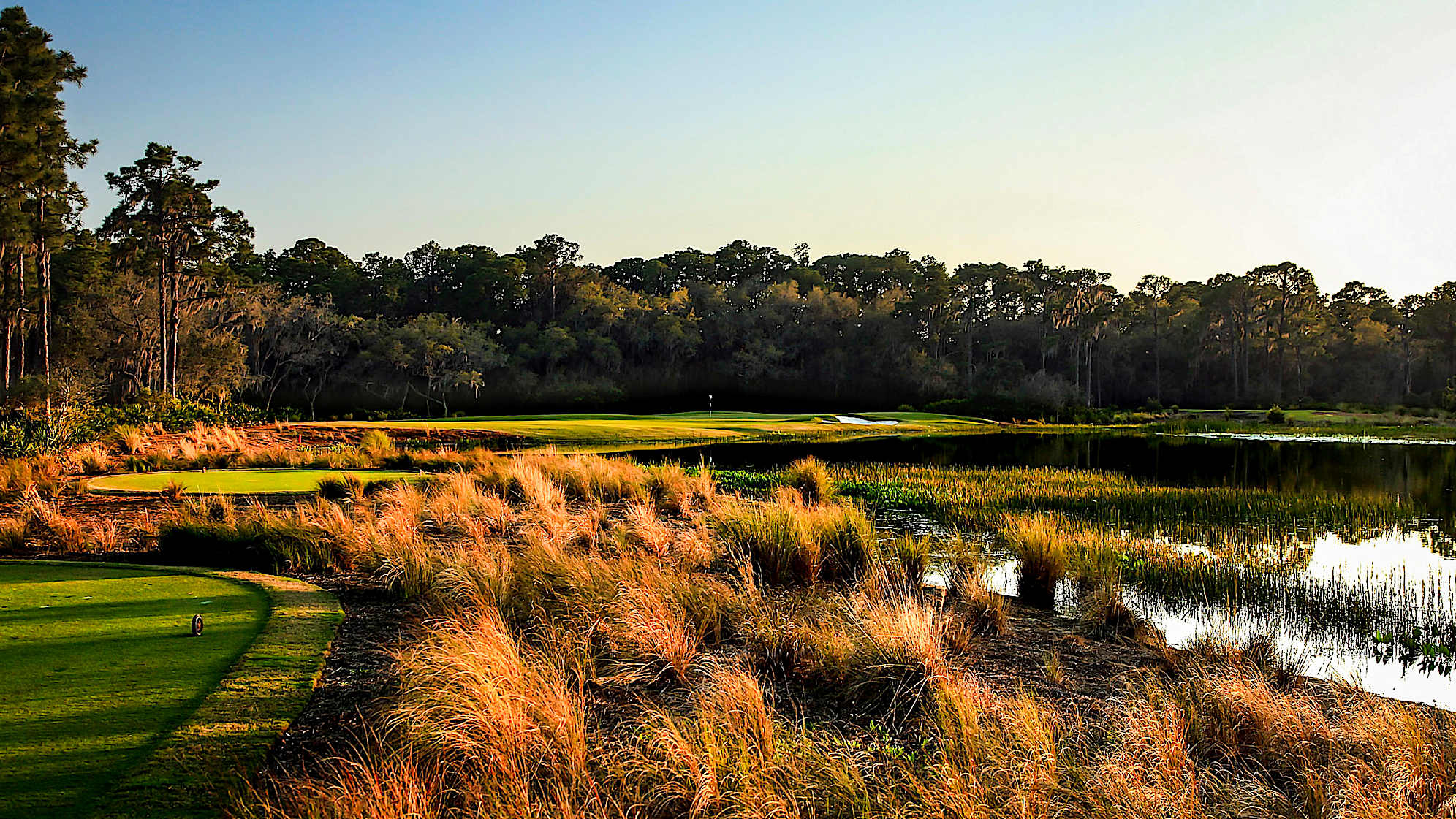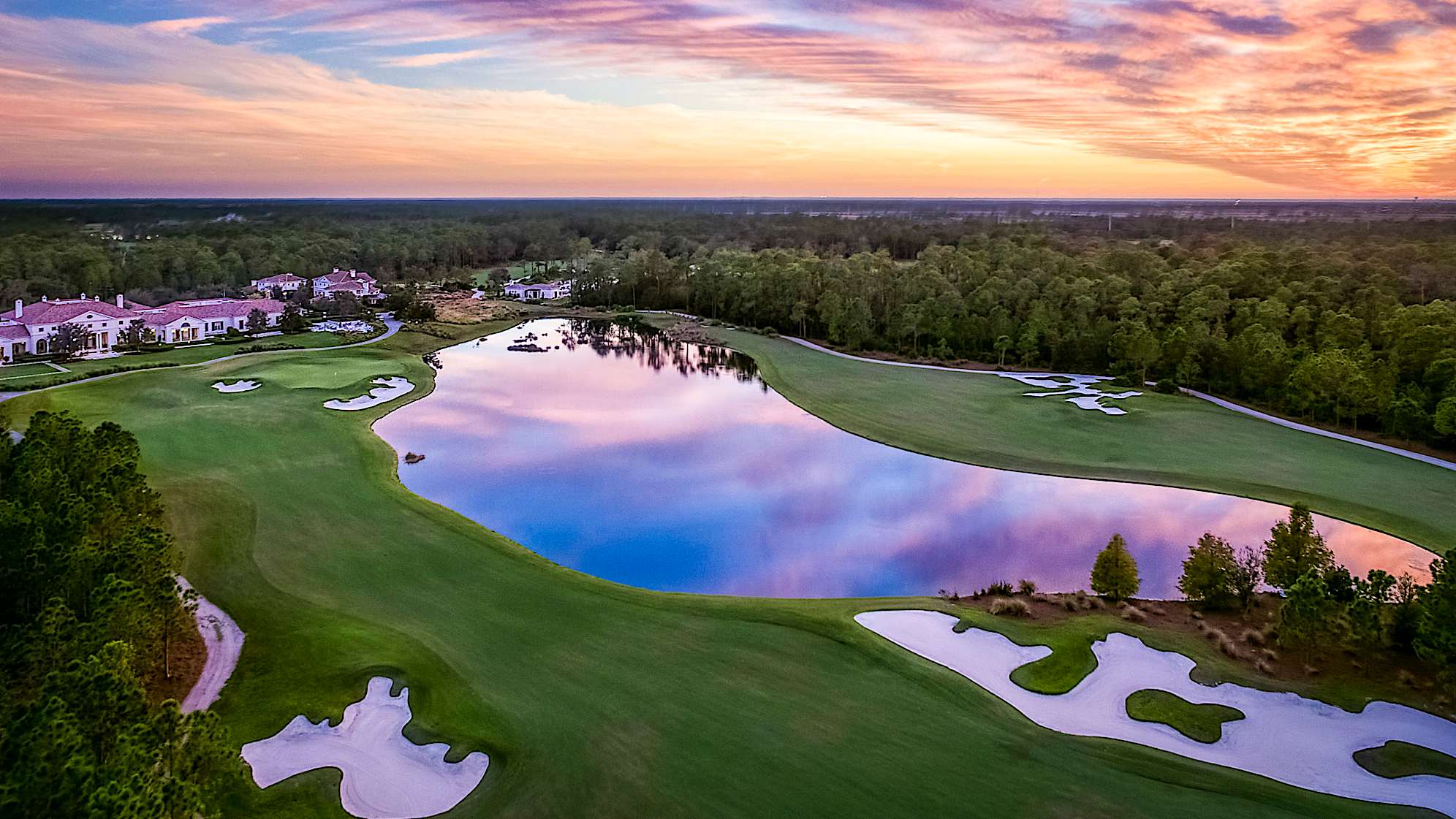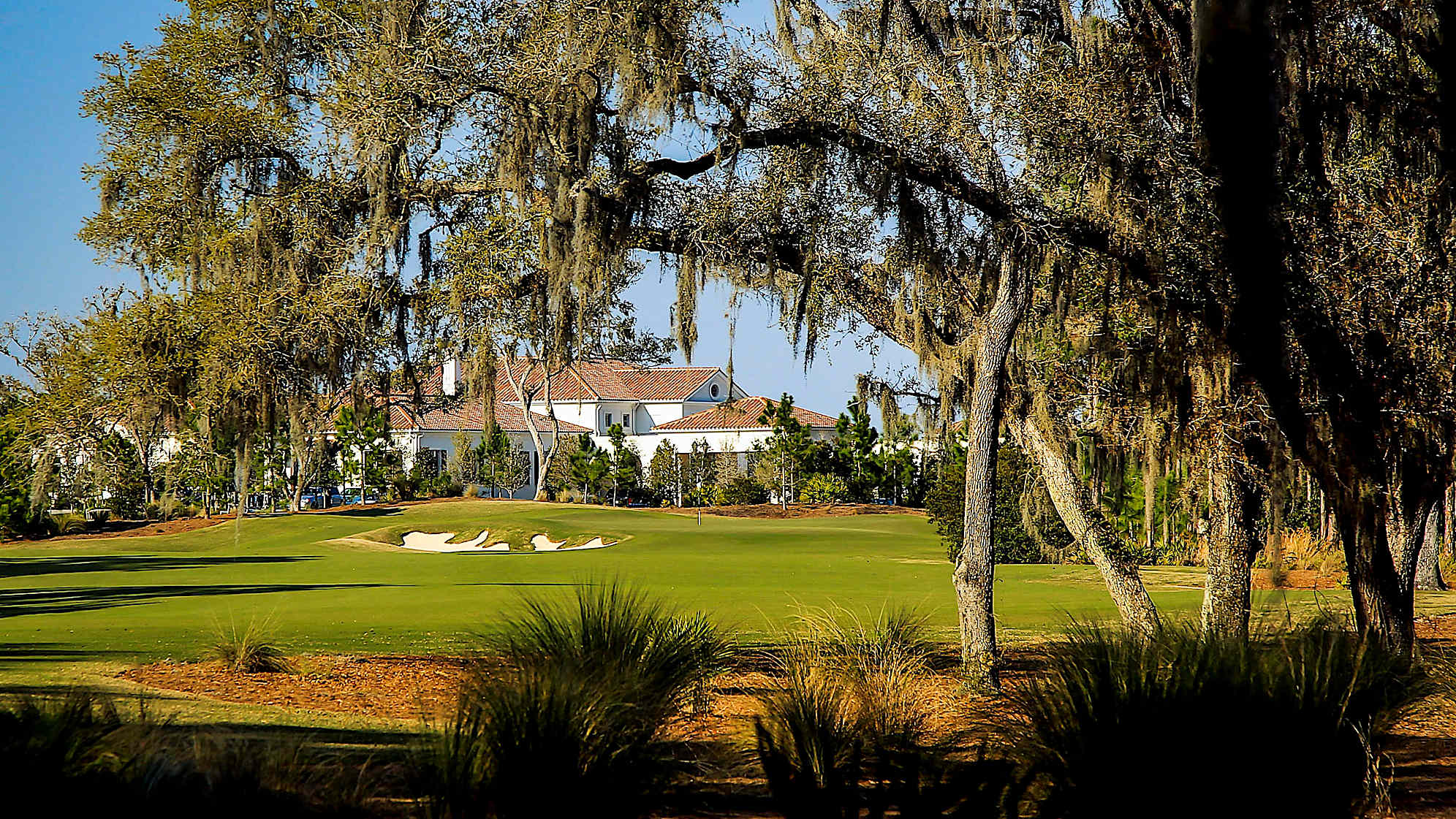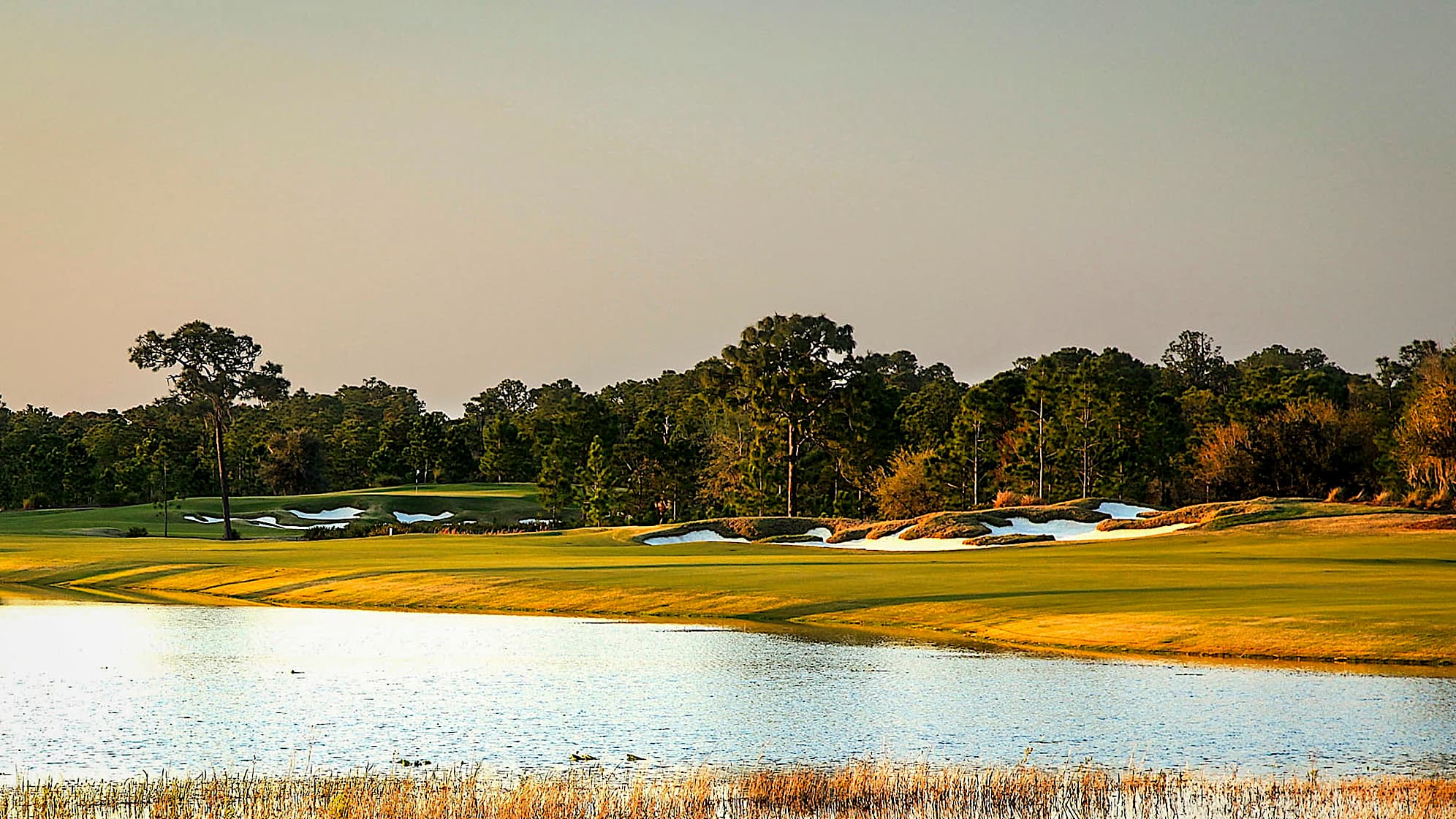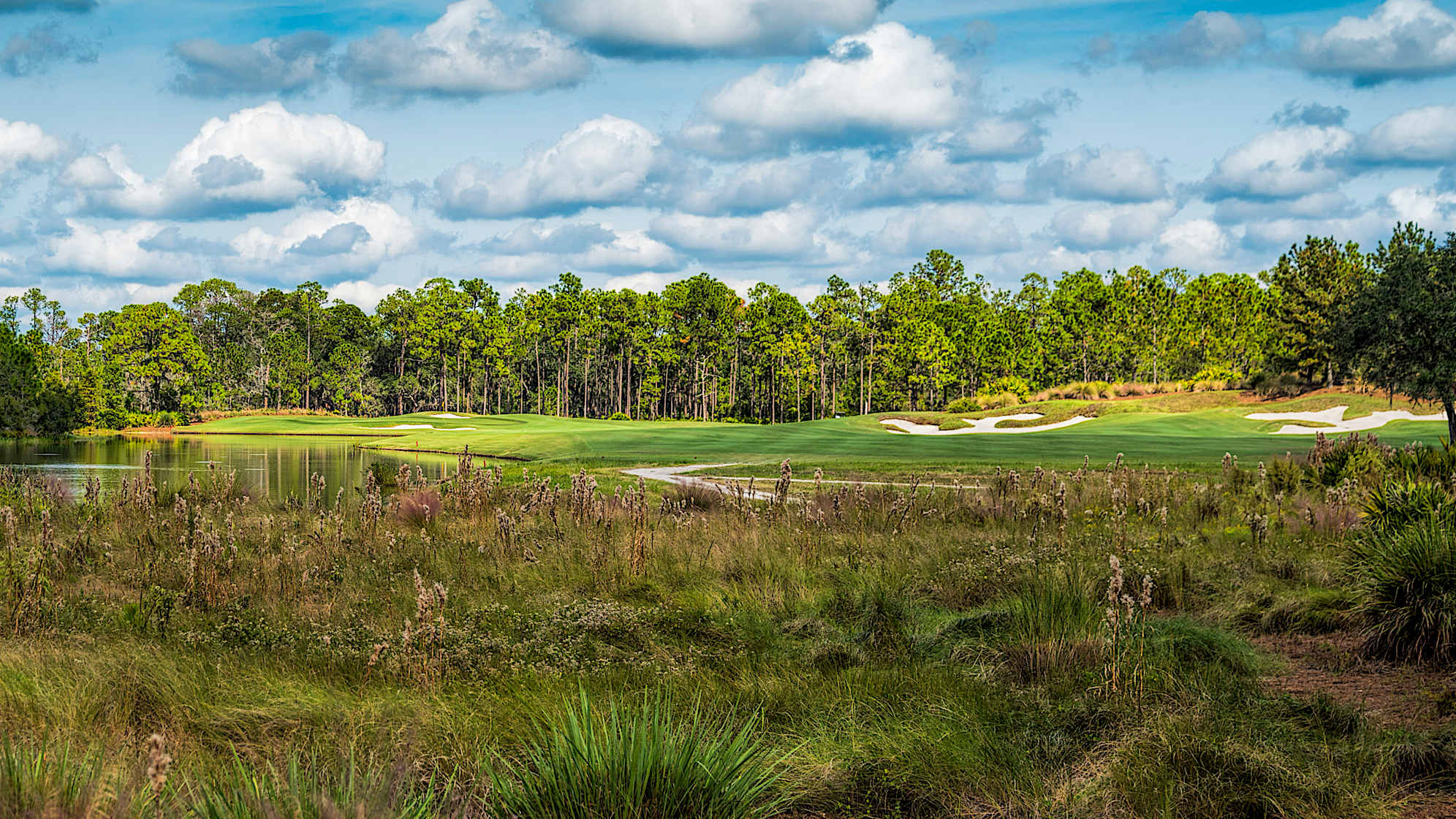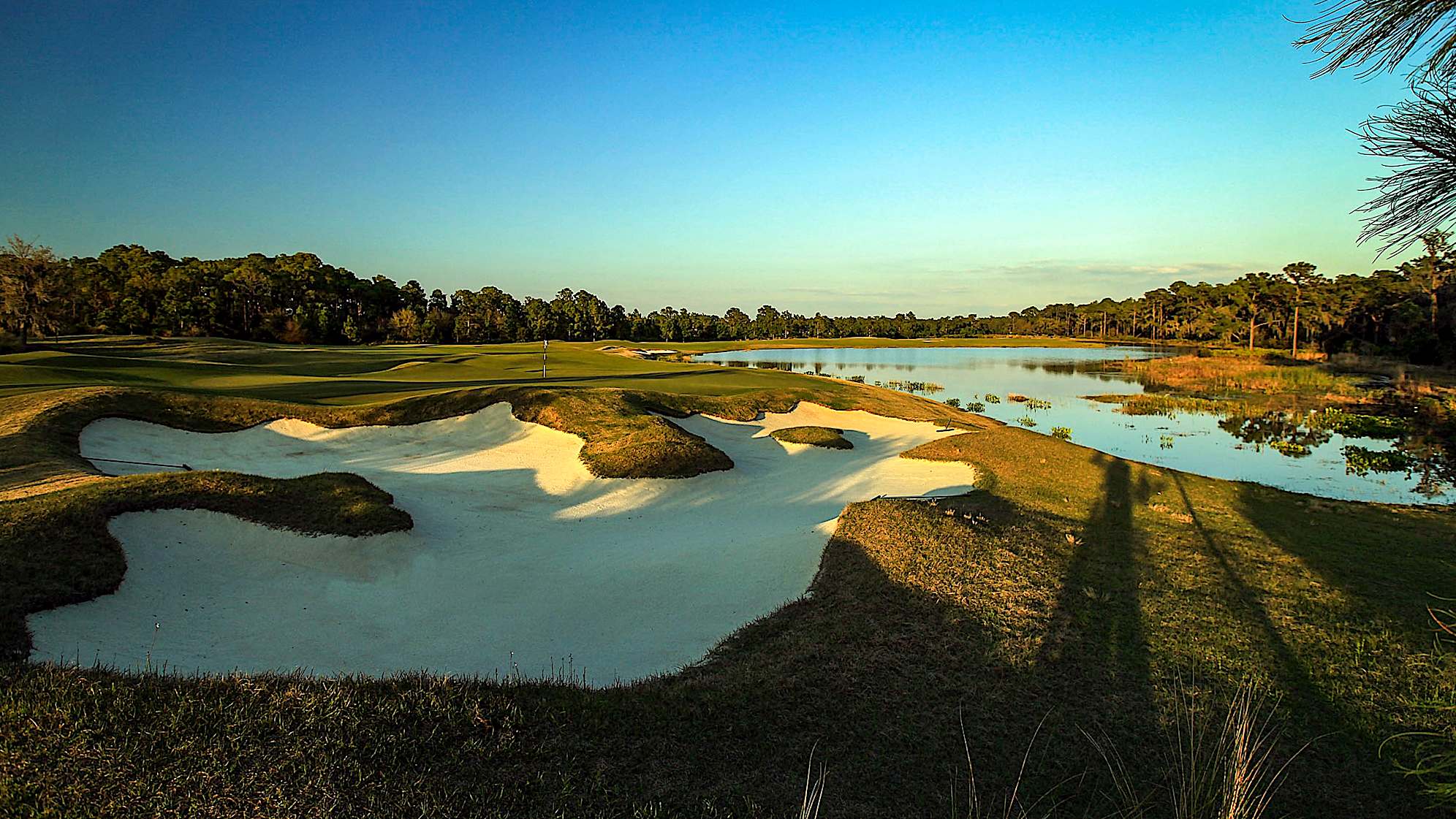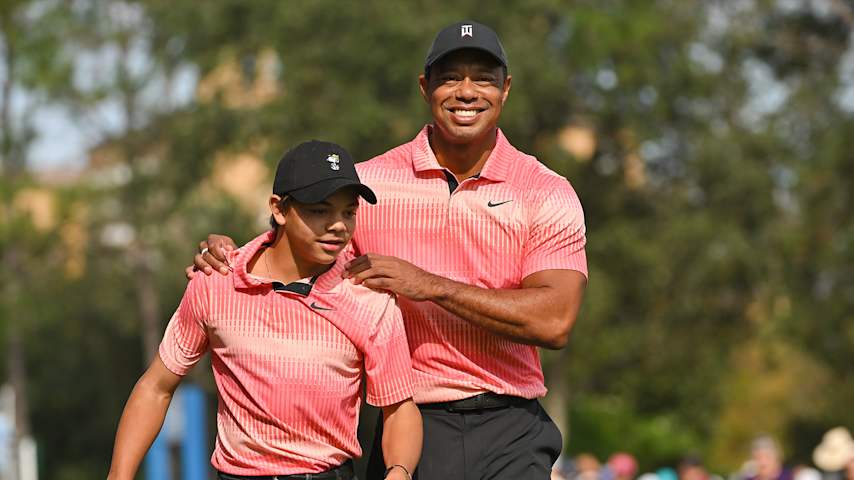How it works: World Champions Cup
2 Min Read

Written by Staff
Editor's note: Team USA Captain Jim Furyk withdrew from competition due to injury, but will sustain his captaincy duties throughout the event. He is replaced by Vice Captain Billy Andrade.
The PGA TOUR Champions’ top players are set to christen a new international team competition this December: the World Champions Cup at The Concession Golf Club in Bradenton, Florida. The team event will run Thursday through Sunday, Dec. 7-10, with three days of competition and a pro-am on Saturday, Dec. 9.
The World Champions Cup will feature three teams – Team International, Team Europe and Team USA – with mixed-team play on each day of competition. Playing Captains include South Africa’s Ernie Els for Team International, Northern Ireland’s Darren Clarke leading Team Europe and Pennsylvania native Jim Furyk heading up Team USA, while seven-time PGA TOUR winner Peter Jacobsen will serve as Tournament Chairman.
Read on for everything you need to know about the inaugural World Champions Cup.
Team makeup
Each team will consist of six players including the Playing Captain and one non-playing Vice Captain. Two players on each team earned automatic qualification via the World Champions Cup Historical Rankings. Each team features two Chairman’s Selections, picked solely at the Chairman’s discretion. The sixth player on each team is determined by a play-in position given to the top player in the year-end Charles Schwab Cup standings. If any of the players that qualify through the play-in position have already been named to a team as an automatic qualifier or Chairman’s Selection, then the final position for each team becomes a Chairman’s Selection. Vice Captains will serve in a non-playing role and assist the Captains with setting the matchups for each of the World Champions Cup’s six sessions. Should any player sustain an injury and not be able to compete, the Vice Captain will be added to the playing roster for the remainder of the tournament.
Format
The World Champions Cup is a three-day team competition that will be contested across 24 nine-hole matches featuring team and singles play.
Competition on Thursday and Friday will feature Six Ball in the morning session and Scotch Sixsomes in the afternoon session; each match will feature two players from each team. The event concludes with 12 Singles matches on Sunday.
Scotch Sixsomes is a modified alternate-shot format used in team competition where each player hits a tee shot, and the team then selects one tee shot to play from. Alternate-shot play begins from there, with the player whose drive was not selected hitting the second shot on the hole.
World Champions Cup matches will feature no close-outs; all nine holes of competition will be played in each match.
Scoring
- A total of three points will be awarded on each hole of every nine-hole match during Thursday and Friday’s team competition as well as for Sunday’s morning and afternoon Singles matches.
- The team with the lowest score on each hole will receive two points. The team with the second-lowest score on a hole will receive one point. The team with the highest score will receive no points.
- Whenever teams finish with the same score on a hole, those teams will be awarded the same number of points.
- In the event that two teams finish with the lowest score on a hole, each team will receive one and a half points. The third team, finishing with the highest score, will receive no points.
- In the event that one team finishes with the lowest score on a hole and the other two finish with the same (higher) score, the team with the lowest score will receive two points, with the other two teams receiving a half point.
- In the event that all three teams finish with the same score on a hole, each team will receive one point.
- In the event that two or three teams are tied at the conclusion of play, the captains of those teams tied will compete in a sudden-death playoff to determine the inaugural winner.
- For Singles, one player from each team will play in both the morning and afternoon sessions, and each match will use the same scoring format as above.
Team rosters
Team International
- Ernie Els (Playing Captain)
- Vijay Singh (Automatic Qualifier)
- Retief Goosen (Automatic Qualifier)
- Steven Alker (Chairman’s Selection)
- Stephen Ames (Chairman’s Selection)
- K.J. Choi (Chairman’s Selection)
- Stuart Appleby (Vice Captain)
Team Europe
- Darren Clarke (Playing Captain)
- Bernhard Langer (Automatic Qualifier)
- Colin Montgomerie (Automatic Qualifier)
- Miguel Angel Jiménez (Chairman’s Selection)
- Robert Karlsson (Chairman’s Selection)
- Alex Čejka (Chairman’s Selection)
- Jesper Parnevik (Vice Captain)
Team USA
- Jim Furyk (Captain)
- Steve Stricker (Automatic Qualifier)
- David Toms (Automatic Qualifier)
- Jerry Kelly (Chairman’s Selection)
- Justin Leonard (Chairman’s Selection)
- Brett Quigley (Chairman’s Selection)
- Billy Andrade (Playing Vice Captain)
Purse
The World Champions Cup features a $1.35 million purse, with $100,000 to each player on the winning team, $75,000 to each player on the second-place team and $50,000 to each player on the third-place team.





